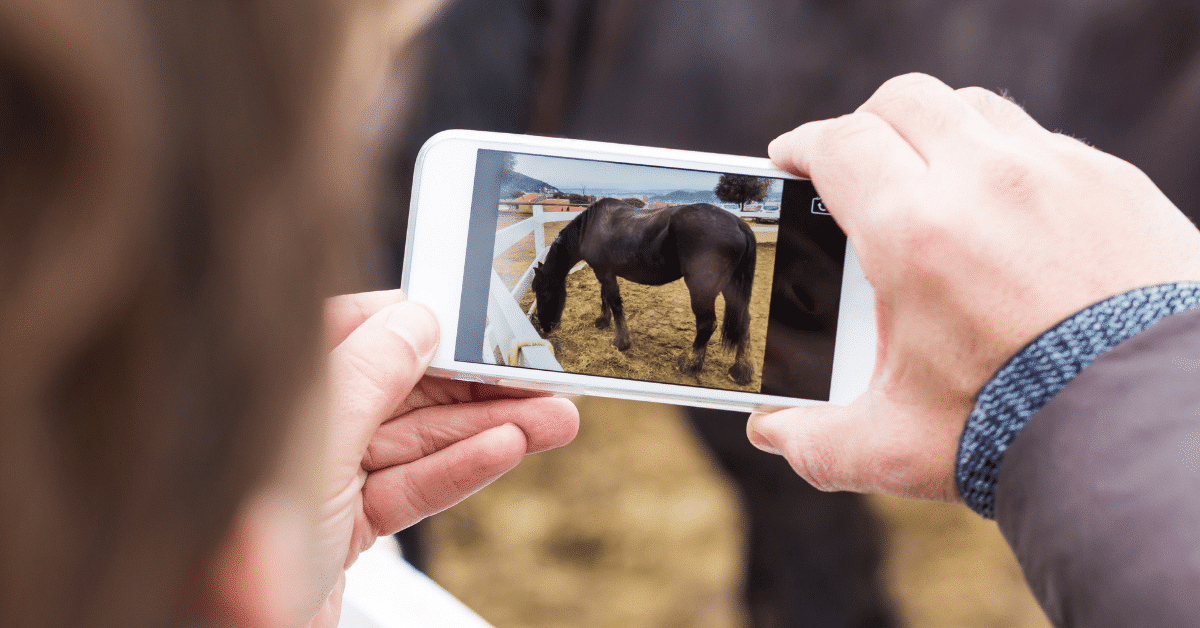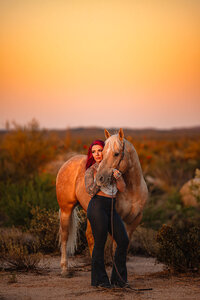The Ultimate Guide to a Career in Horse Photography

Horse photography is a unique and rewarding niche within the photography industry, combining a passion for animals with artistic skill and technical expertise. This guide will walk you through everything you need to know to build a successful career capturing the beauty and spirit of horses.
Why Choose Horse Photography?
- Passion for Horses: If you love horses, this career allows you to work closely with these majestic animals.
- Creative Expression: Horse photography offers opportunities to capture dynamic movement, emotion, and stunning landscapes.
- Growing Market: From equestrian events to advertising, there is a steady demand for high-quality horse images.
Essential Skills and Equipment
| Skill/Equipment | Description | Tips for Success |
|---|---|---|
| Photography Basics | Understanding exposure, composition, and focus | Practice with different lighting and angles |
| Animal Handling | Knowing horse behavior to anticipate movements | Spend time around horses to build trust |
| Camera Gear | DSLR or mirrorless camera, fast lenses (70-200mm) | Invest in weather-resistant equipment |
| Editing Software | Proficiency in Lightroom and Photoshop | Learn to enhance images without over-editing |
Steps to Start Your Career
- Build a Portfolio: Capture a variety of horse images showcasing your style and skills.
- Network: Connect with equestrian communities, event organizers, and horse owners.
- Market Yourself: Create a professional website and use social media to share your work.
- Offer Services: Provide event coverage, portraits, and commercial photography.
Challenges to Anticipate
- Unpredictable Subjects: Horses can be unpredictable, requiring patience and quick reflexes.
- Outdoor Conditions: Weather and lighting can vary greatly, demanding adaptability.
- Physical Demands: Carrying equipment and working outdoors can be physically taxing.
Frequently Asked Questions (FAQ)
Q1: What camera settings work best for horse photography?
A1: Use a fast shutter speed (1/1000s or faster) to freeze motion, a wide aperture (f/2.8-f/5.6) for subject isolation, and continuous autofocus mode.
Q2: How can I safely photograph horses?
A2: Always approach horses calmly, avoid sudden movements, and work with handlers when possible.
Q3: What are good ways to find clients?
A3: Attend equestrian events, join horse clubs, and leverage social media platforms like Instagram and Facebook.
Conclusion
A career in horse photography blends artistic passion with technical skill and offers diverse opportunities in a niche market. With dedication, practice, and strategic marketing, you can turn your love for horses into a fulfilling profession.
